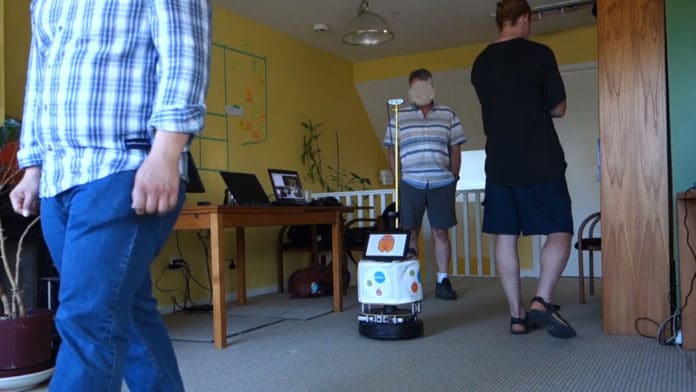The ability to distinguish between people and follow them as they move are valuable skills for robotic assistants. Such technical workers could greatly help in the operation of medical institutions.
Researchers at Monash University, JDQ Systems, and the University of British Columbia recently developed a service robot designed to assist residents at elderly care homes or patients at other healthcare facilities. Scientists have been able to create a computing system that allows a robot to identify and track a person by following them around.
In order for a robot to accurately identify a specific person in the surrounding space, the researcher team has developed face recognition tools, which allow robots to identify people but not follow their movements, and anonymous person tracking techniques, which allows robots to track the movement of a person without knowing who they are. However, in order to track specific people, the robot would have to simultaneously identify who they are and track their movements. Thanks to these skills, devices are able to follow the target as correctly as possible.
“Our algorithm is capable of coping with occlusions, extreme poor/variable lighting, and temporarily lost target recovery, all of which present great challenges to robots and are often encountered in real-world situations,” said Wesley P. Chan, one of the researchers who carried out the new work. “The algorithm allows our robot to operate reliably in the real world, for instance, when deployed in our partner care facilities.“
Researchers have already tested their identity-specific person tracker. As part of the experiment, the robot had to identify and track people in five different scenarios. During the operation of the robot, scientists tracked its position and people in its environment using a motion capture system. The first tests showed very promising results, with the new technique outperforming existing face recognition and user tracking tools.
The authors hope that in the future, their algorithm could help in the operation of assisted living or healthcare facilities, where people need constant supervision.
